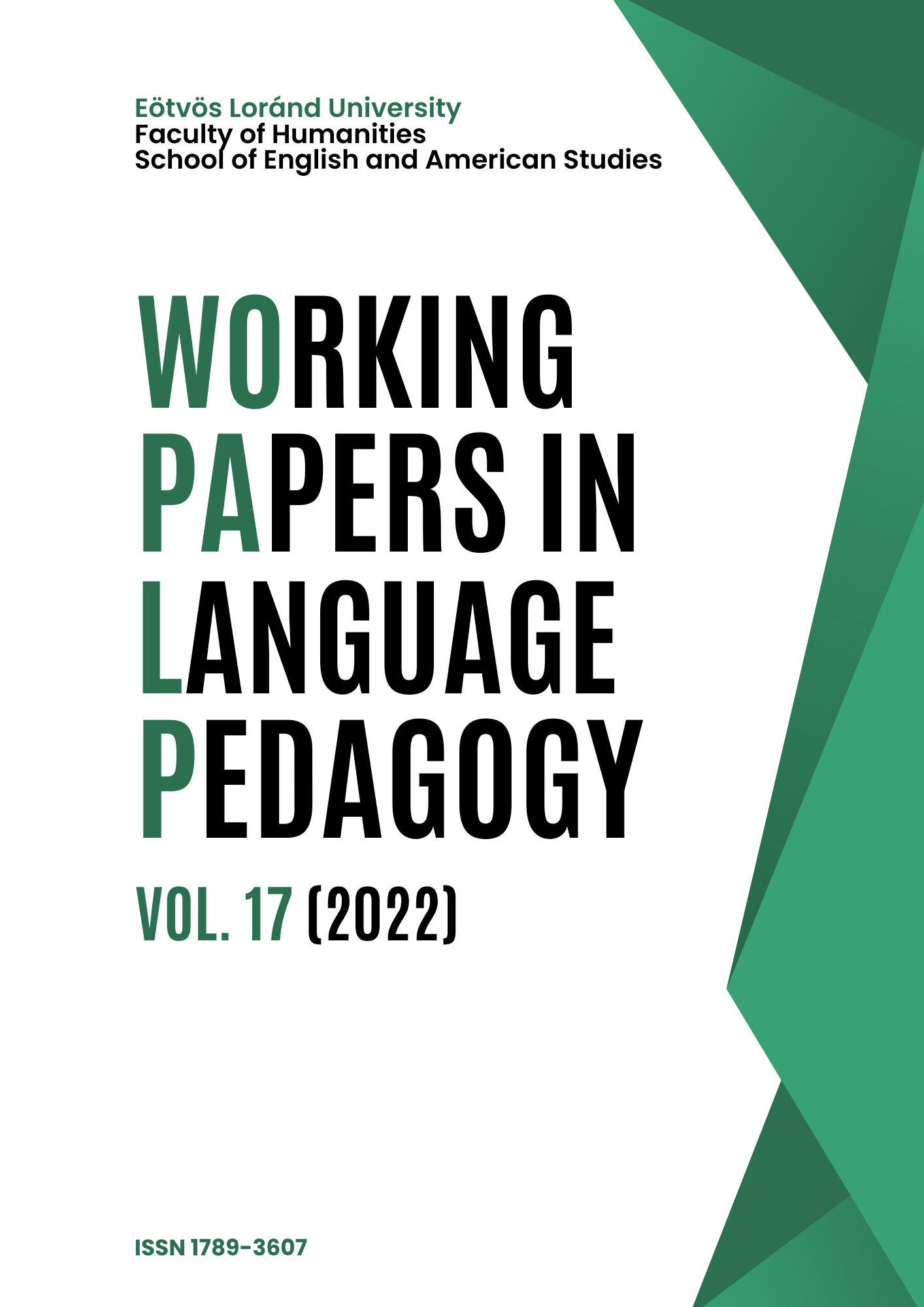Forward or Backward Design in Teaching English as a Foreign Language: A Pilot Study
DOI:
https://doi.org/10.61425/wplp.2022.17.90.105Keywords:
EFL, syllabus design, Backward Design Model, pilot study, interview guideAbstract
Given an absence of research regarding how EFL teachers design and align their syllabi with the national curriculum, this qualitative pilot study aims to describe the process of developing and piloting a semi-structured interview to discover initial insights into how teachers plan their English teaching programs. To this end, five Ecuadorian EFL teachers from five public schools were interviewed, and the resulting data were subjected to thematic analysis. Besides, eleven Ph.D. students and a university professor provided expert judgment, and two Ecuadorian EFL teachers participated in the back-translation process of the interview guide. The results show that all participants apply the Forward Model Design (FDM) when planning their syllabi. However, it was found that the participants integrate essential features of the Backward Design Model (BDM), such as curricular priorities, assessment evidence, instructional scaffolding, result-oriented teaching, and lifelong learning. The pedagogical implication of this study suggests that the application of the BDM in planning the English syllabus should receive more emphasis to help teachers highlight specific learning goals based on authentic scenarios and align teaching and learning activities based on these particular learning goals.




